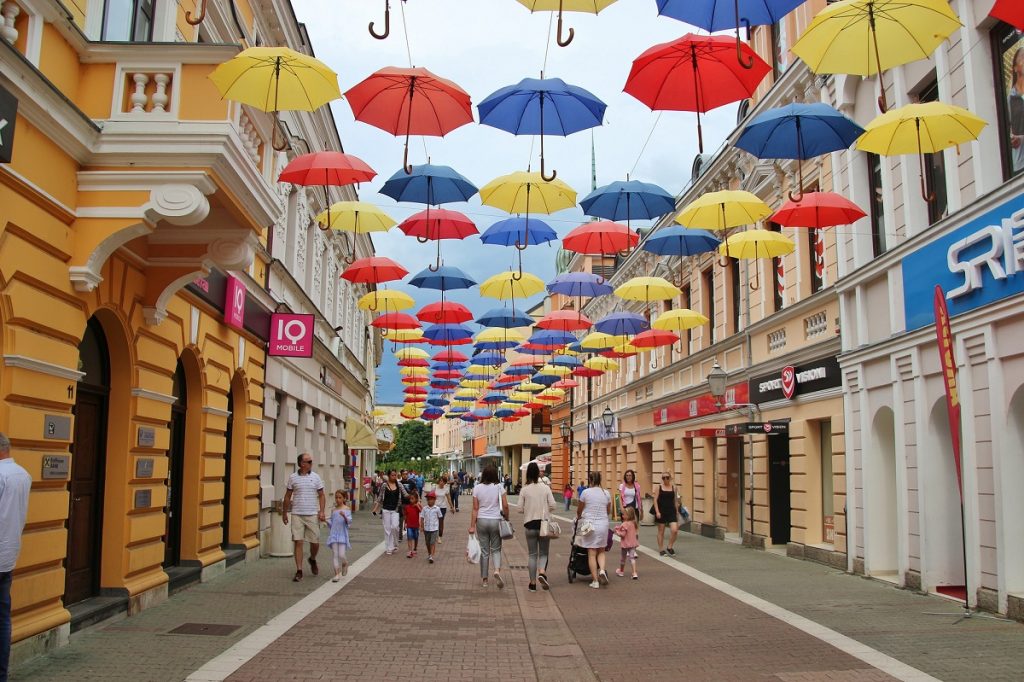
@visit_bosniaandherzegovina
Step back in time as you venture near Lučki Bridge, where hidden within the enchanting “Ružni sokak” (Ugly Alley) lies the oldest preserved house in Mostar.
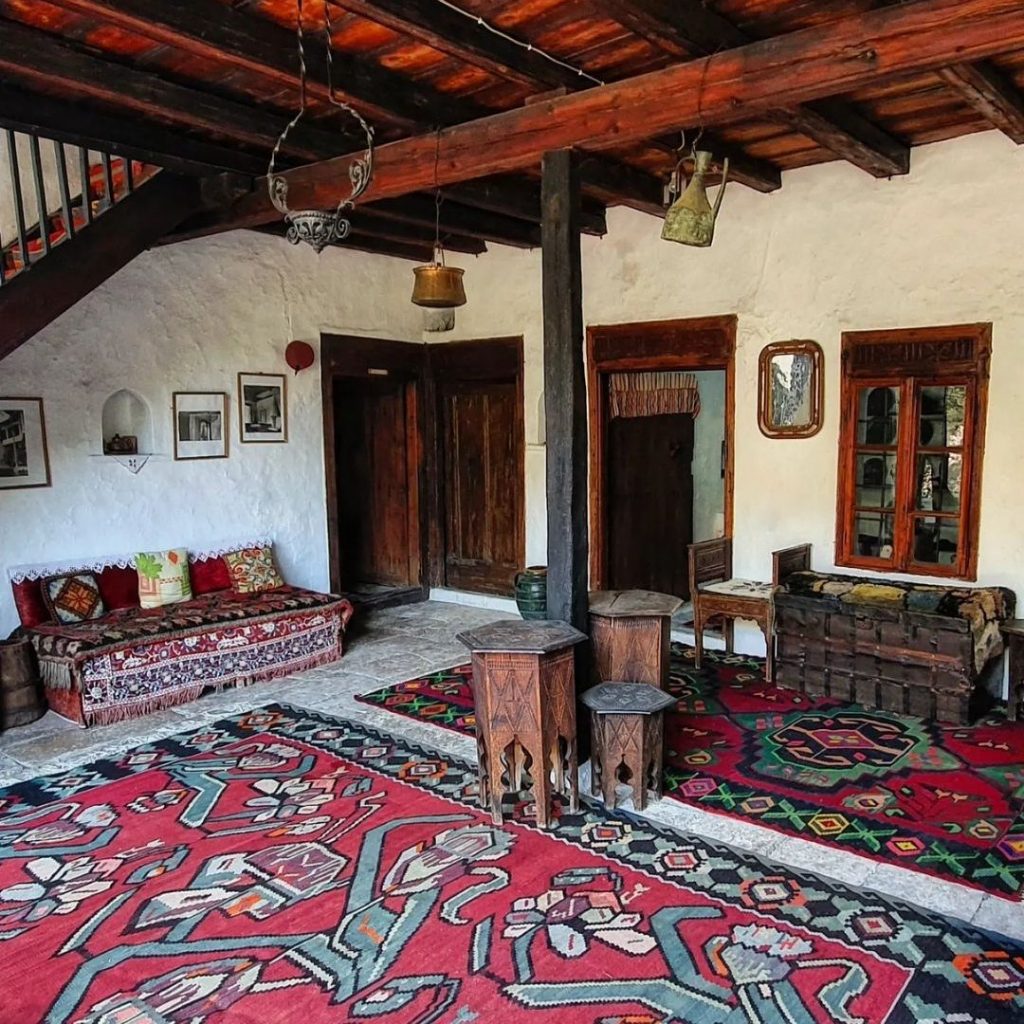
@onroadfel
Dating back to 1520, even before the iconic Old Bridge was erected, this remarkable architectural treasure stands as a testament to the past. Built with a harmonious blend of stone and wood, it’s hard to fathom that this awe-inspiring structure is nearly 500 years old. Prepare to be amazed by its exceptional preservation, transporting you to a bygone era.
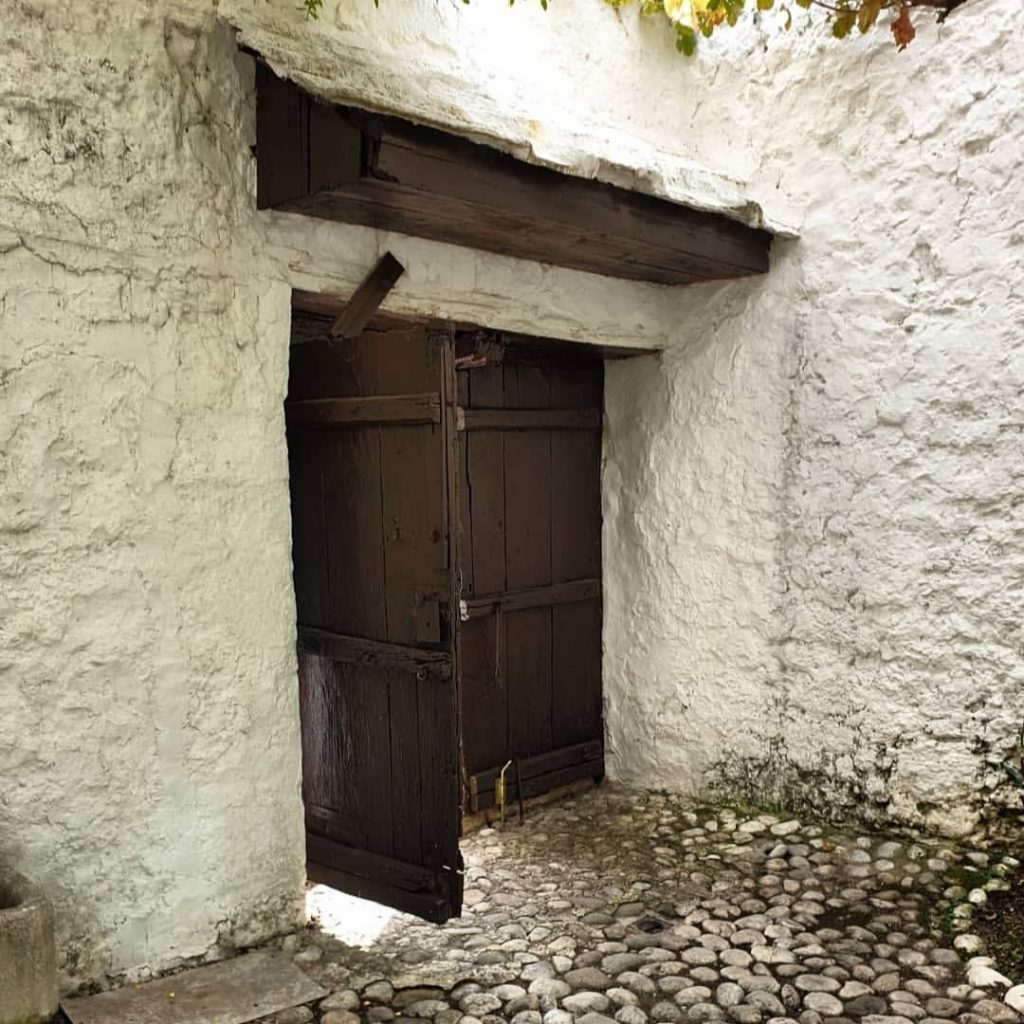
@anoushka.b28
As you stand before the house, you’ll discover that only half of the original structure remains intact—the enchanting female quarters. Regrettably, the male section, once equally grand and ornate, fell victim to the ravages of the recent war. However, fragments of its former glory can still be imagined. They say that the Selamluk, the business area of the house, was a sight to behold, adorned with opulence and sophistication.
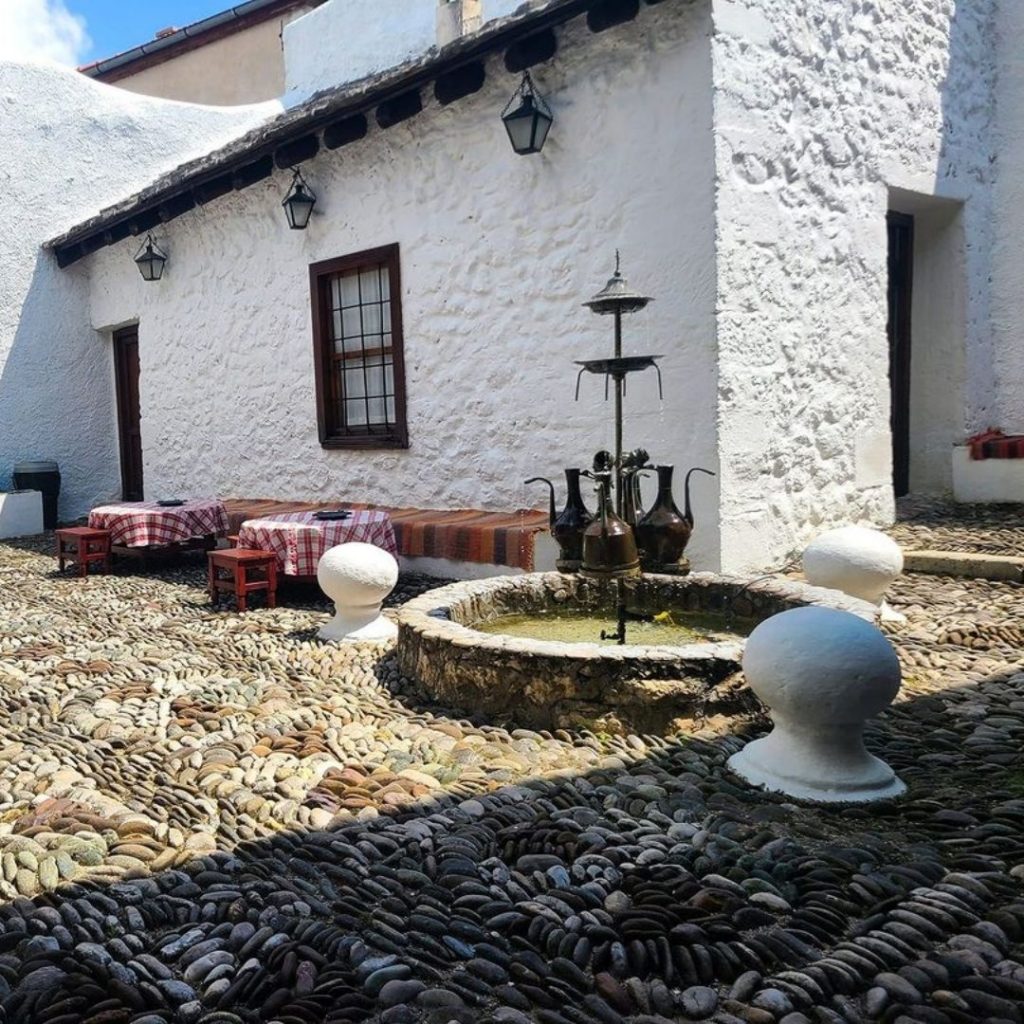
@johnnierockerblack
This magnificent dwelling was the creation of Kajtaz, a distinguished judge who journeyed from Turkey to settle in Mostar. Serving as a judicial center during the Ottoman era, the remnants of the judge’s tower in the garden stand as a poignant reminder of its historical significance, once serving as a prison.
Today, Kajtaz’s descendants graciously welcome visitors into their ancestral home, eager to share captivating tales and anecdotes about this exquisite residence. Prepare to be enthralled by the stories that bring its rich history to life.
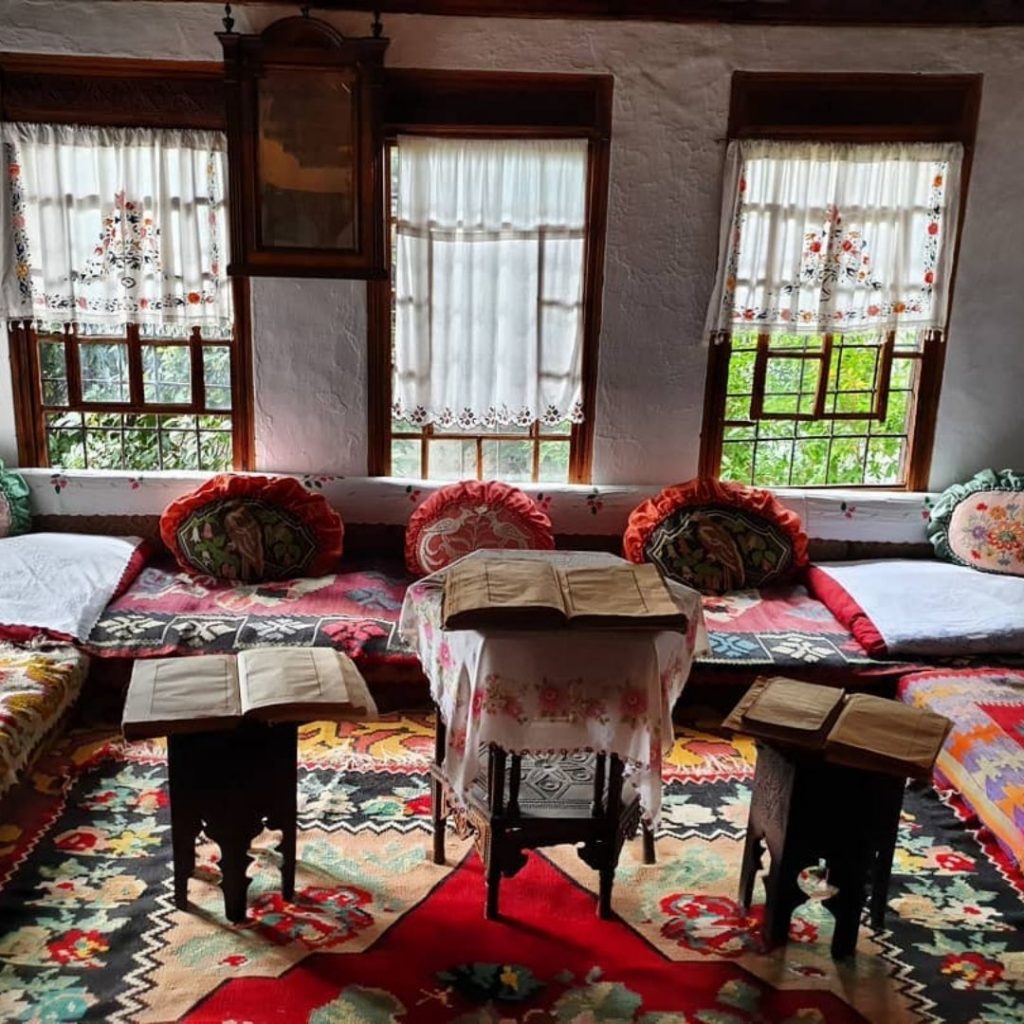
@anoushka.b28
As you explore the house, you’ll be captivated by the Haremlik, the exclusive domain of women and their closest male relatives. Thick walls ensured the utmost privacy, safeguarding the intimacy of the women and their families.
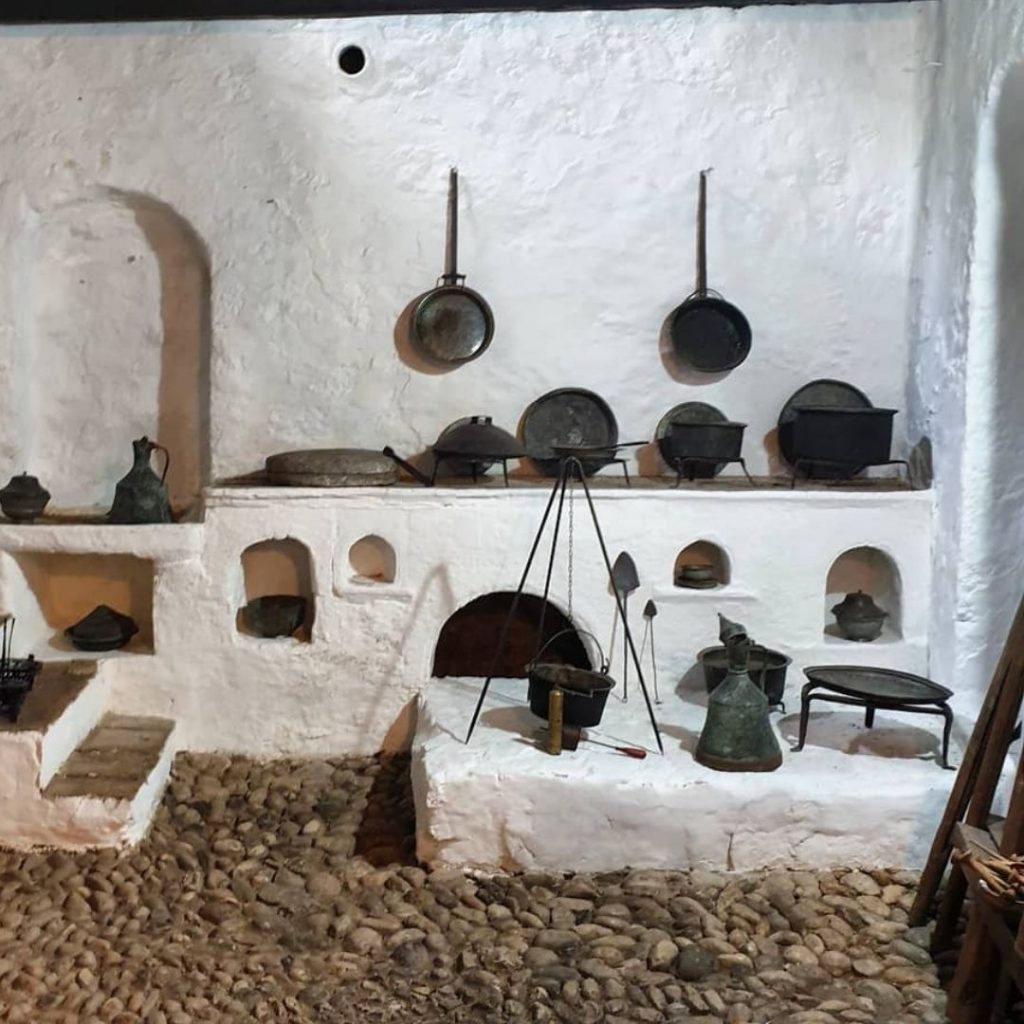
@anoushka.b28
Take a moment to admire the courtyard, where hooks still hang from the walls, once used as holders for barrels of water sourced from the nearby Neretva River. In one corner, a stone basin stands as a testament to the daily ritual of hand-washing clothes and crafting traditional soap.

@anoushka.b28
Beneath your feet, the cobblestone pavement—both practical and visually striking—evokes a sense of authenticity. Designed to allow rainwater to cascade from the roof while maintaining a clean pathway for people and livestock, it serves as a reminder of the meticulous attention given to every aspect of life in those times.
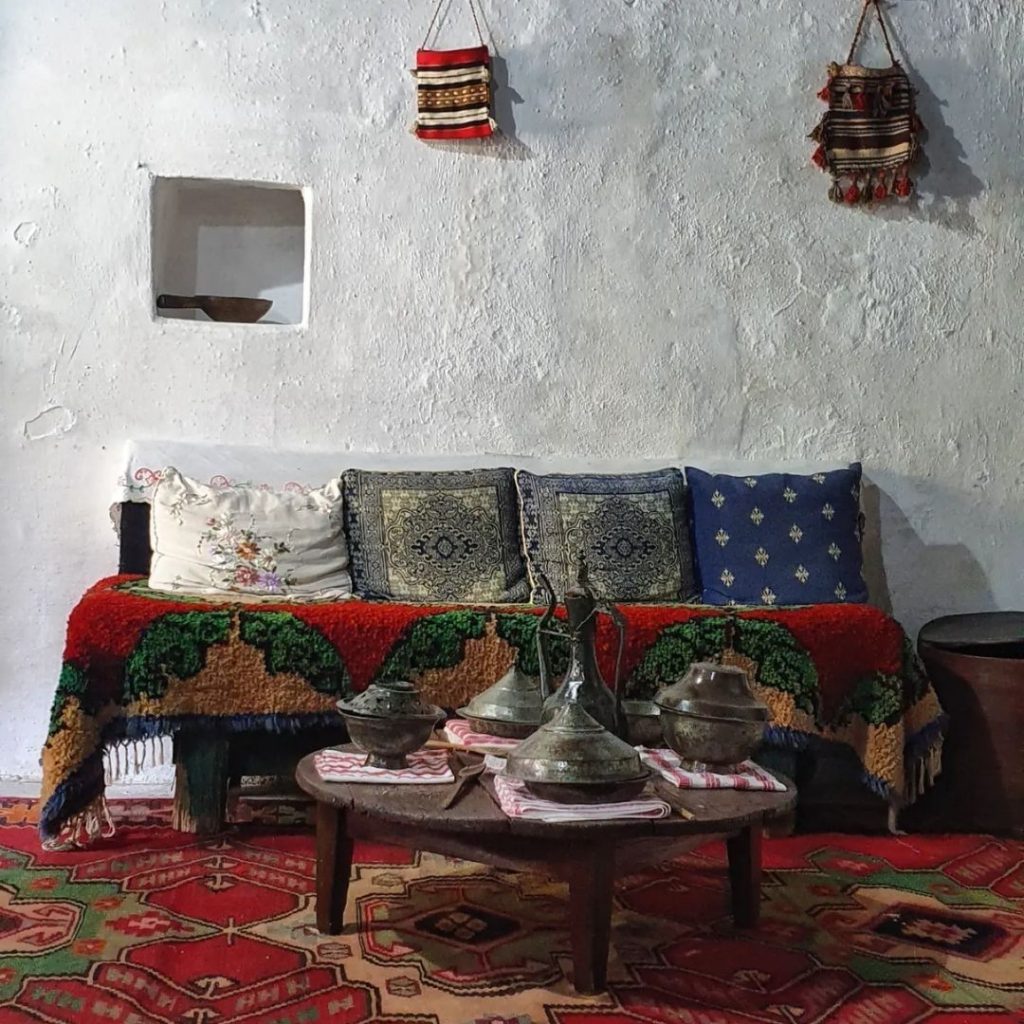
@onroadfel
Immerse yourself in the ambiance of the lower hajat, an entrance room devoid of windows. Vibrant rugs sprawl across the floor, while colorful cushions and covers adorn the seating area, exuding an unmistakable Oriental charm. Take a moment to envision lively tea ceremonies, peruse Turkish and Arabic books, and marvel at the myriad objects that once facilitated everyday life.
As you progress through the house, you’ll find yourself entering the kitchen—a marvel of its time. The well-equipped space boasts a low table known as a sinija and a dazzling array of utensils. Transport yourself back in time as you imagine the communal meals enjoyed from a single shared bowl, a practice that once fostered togetherness and kinship.
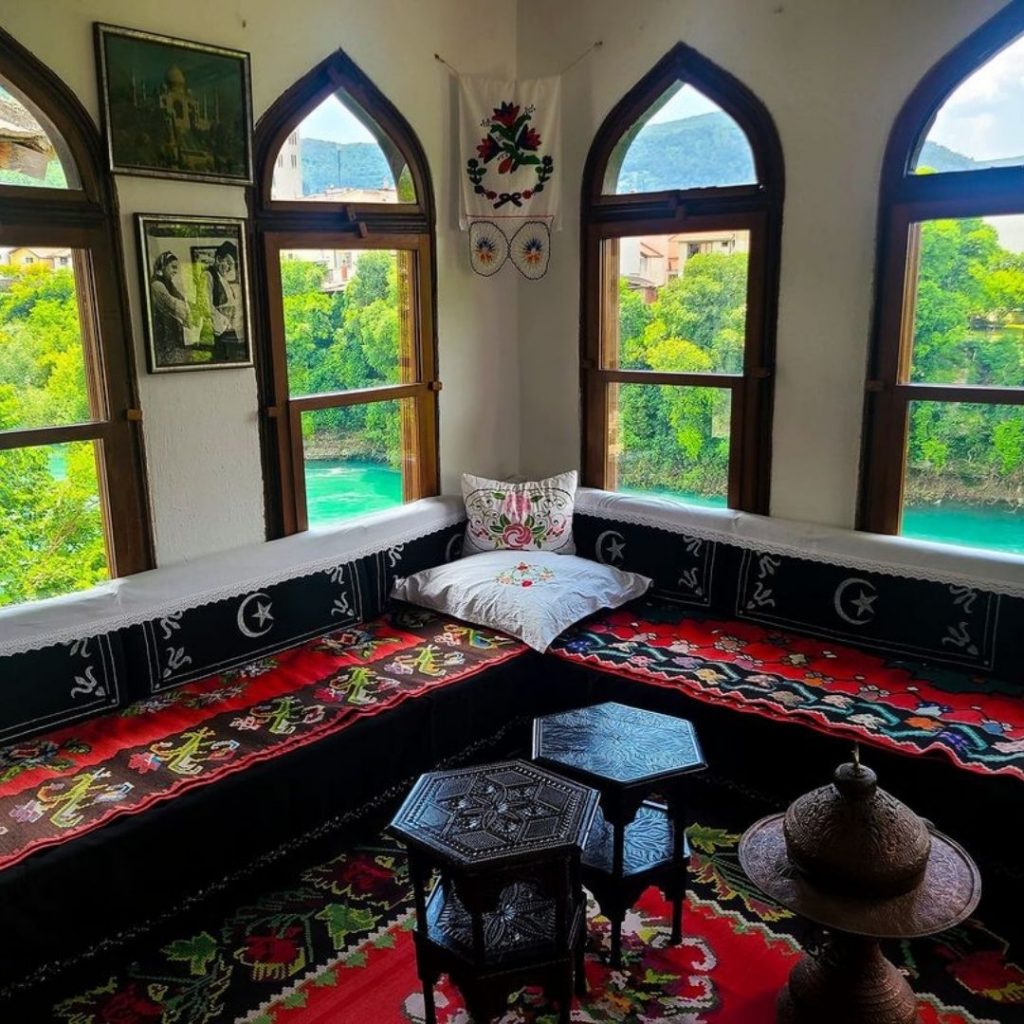
@johnnierockerblack
Allow yourself to be captivated by the secrets of each room. The judge’s four wives each had their designated space, and three of these rooms remain open to visitors. Ascending to the upper floor, you’ll find the room of the oldest wife, distinguished by its slightly elevated doorway, granting her an air of grandeur and respect.
Prepare to be astonished as you discover that each room housed its own hamam—a private, built-in bath concealed within an intricately designed wardrobe. Such attention to detail and personal comfort speaks volumes about the luxurious lifestyle enjoyed by the inhabitants of this magnificent house.
Intriguingly, the toilet was situated in a separate area of the courtyard, offering a sense of privacy and separation from the daily living spaces—an ingenious feature ahead of its time.
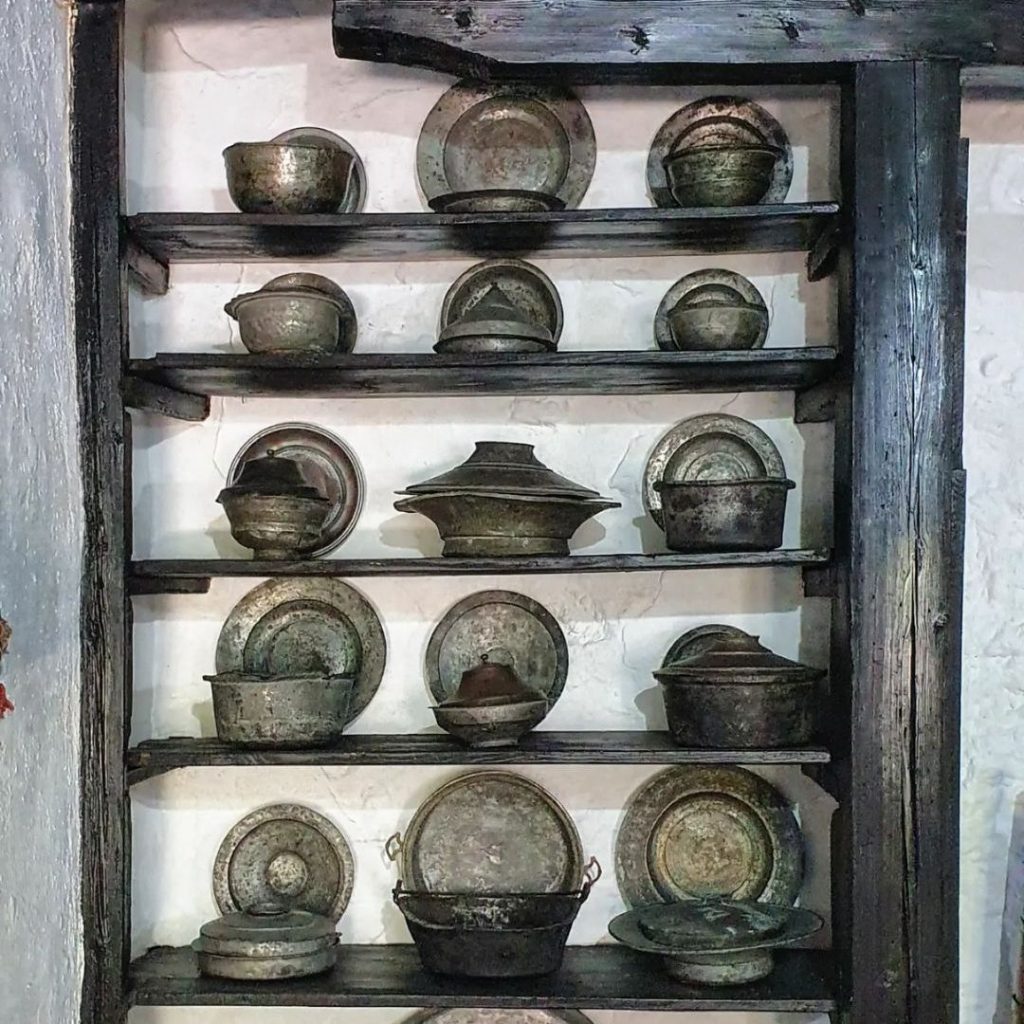
@onroadfel
Lastly, allow yourself to be captivated by the most enchanting aspect of all. As women and men inhabited separate realms within the house, their connection was facilitated through small doors resembling shelves on the wall. A simple knock would signal that food was ready, and communication flowed through this tiny window—a testament to the intriguing dynamics of the household.
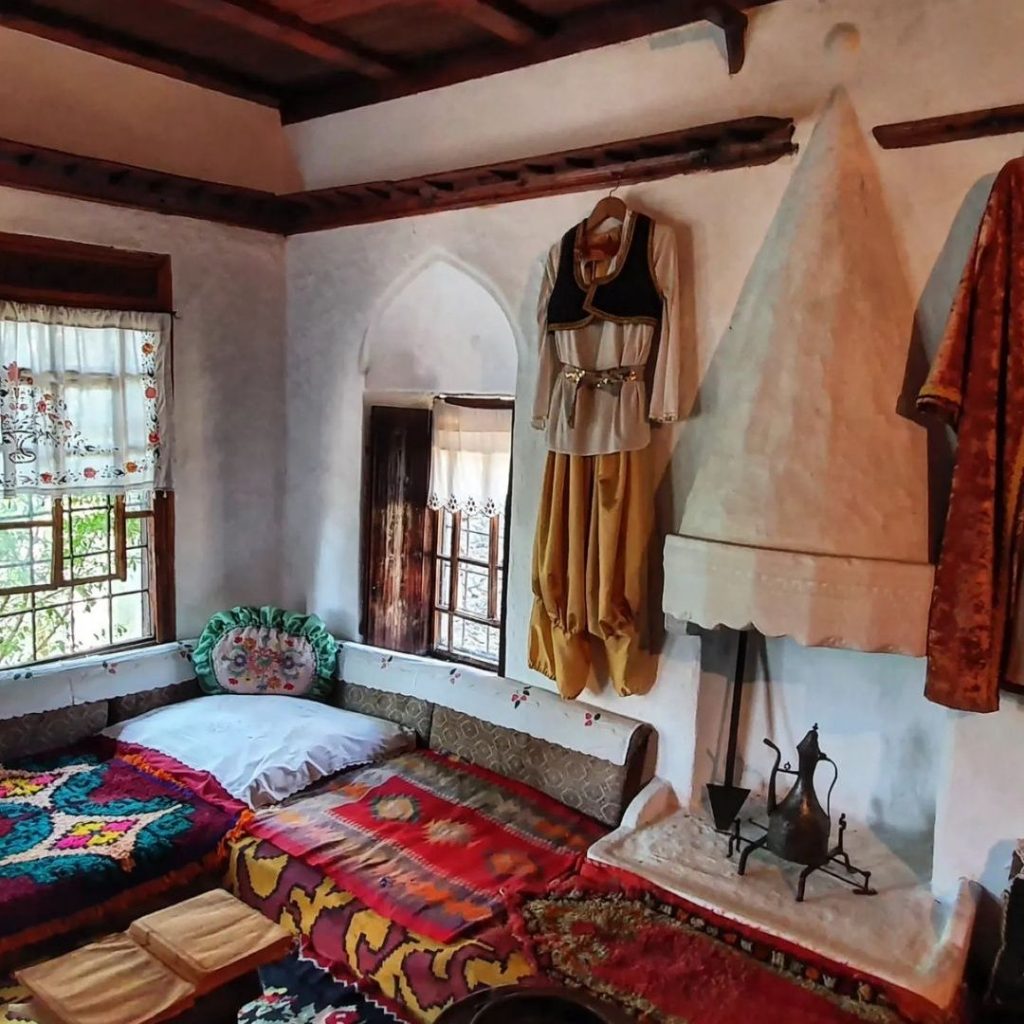
@onroadfel
While these doors are now sealed, only their frames remaining, the charm and curiosity they evoke are boundless. It’s impossible not to be captivated by the stories they tell.
Prepare to be transported to a bygone era as you immerse yourself in the countless artifacts, unique manuscripts, and exquisite furniture that adorn every corner of this extraordinary house.
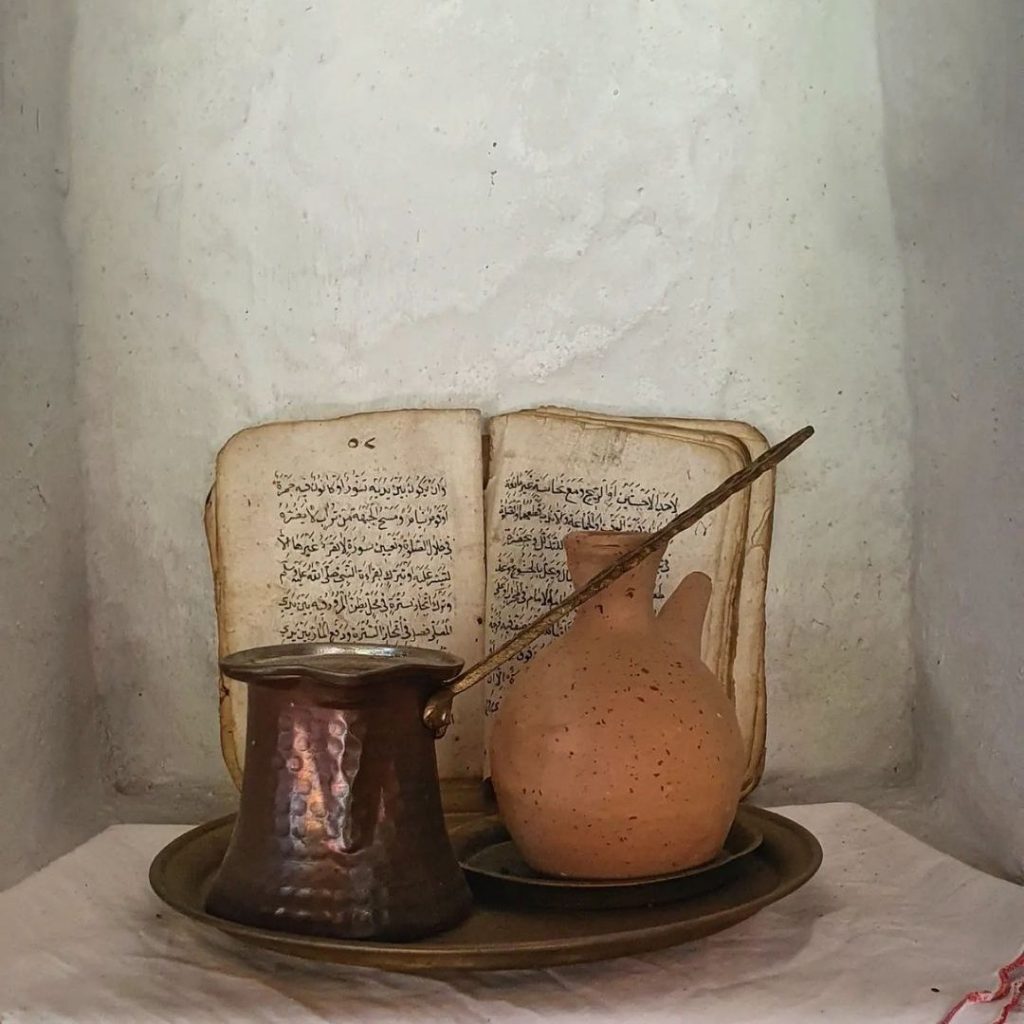
@onroadfel
We were utterly enthralled by our visit to this architectural gem, and we wholeheartedly recommend experiencing it for yourself. In gratitude for the warm hospitality and their dedication to meticulously explaining the house’s treasures and the judge’s way of life, feel free to leave a donation for the gracious hosts, a token of appreciation for their generosity.
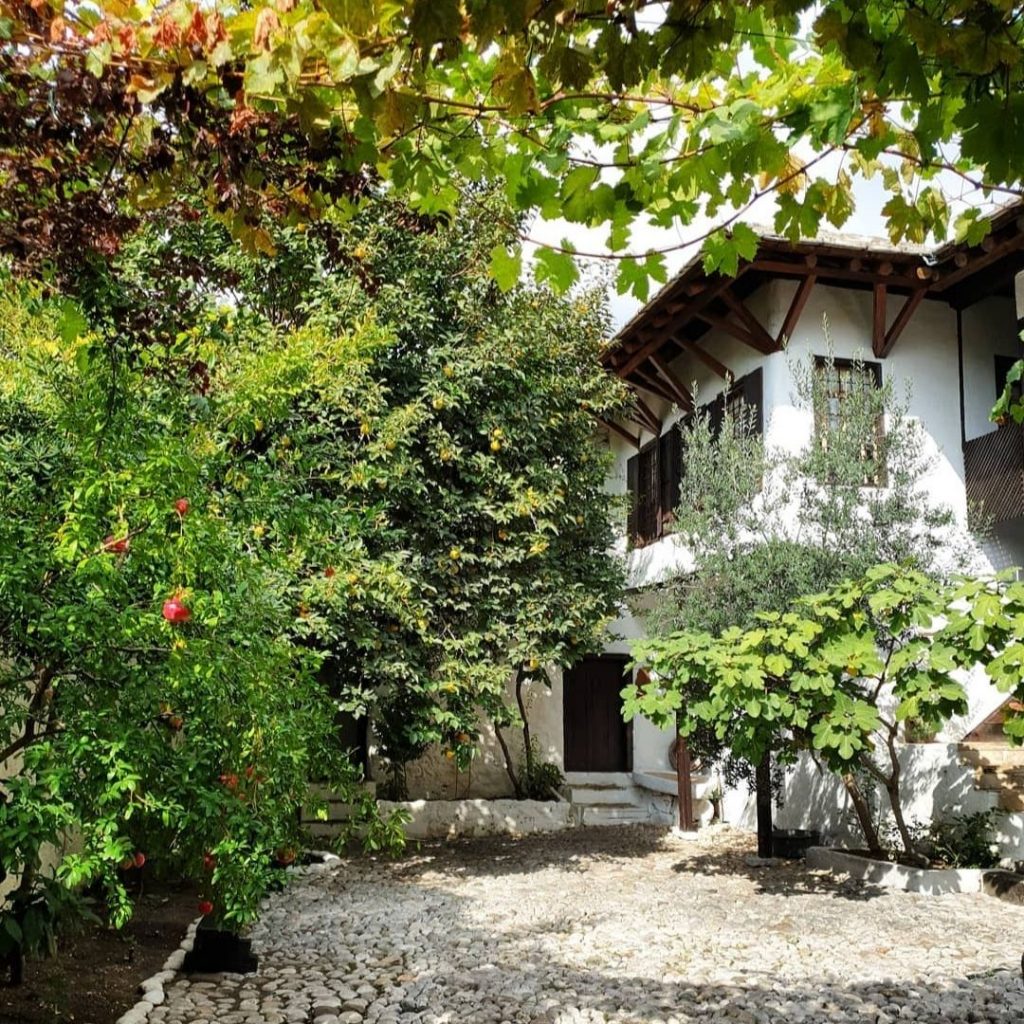
@anoushka.b28
While exploring Mostar, don’t miss the opportunity to visit two more impeccably preserved Turkish houses open to visitors—the Muslibegović House and the Biščević House. Each offers its own unique glimpse into history, further enriching your understanding of this captivating city.


